The History of St. George Island
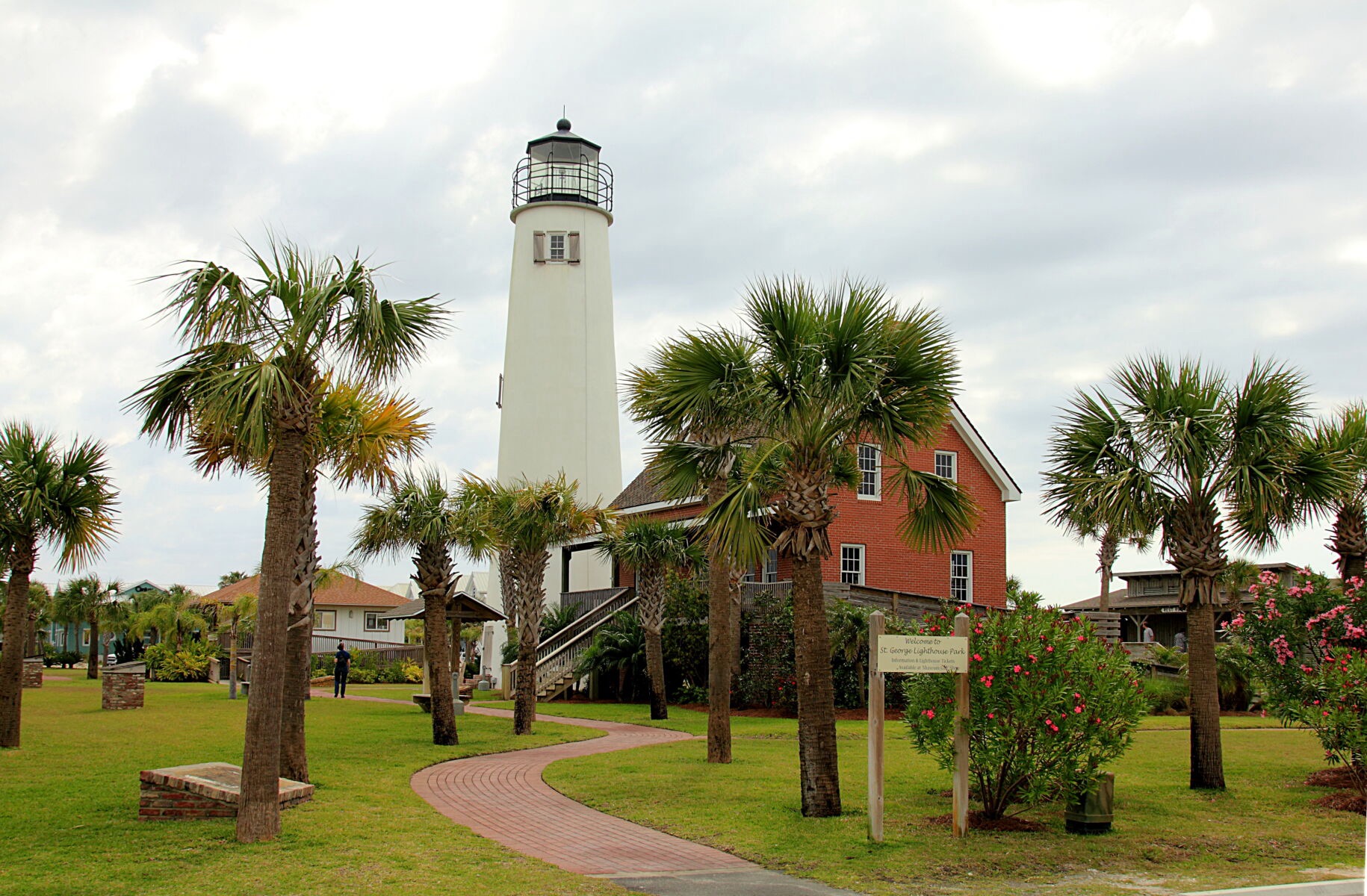
A Journey Through Time
St. George Island, a serene barrier island off Florida’s Gulf Coast, is celebrated for its pristine beaches, abundant wildlife, and laid-back charm. But beyond its natural beauty lies a fascinating history that has shaped this small island into the beloved destination it is today.
Long before modern development, St. George Island was home to indigenous peoples who thrived on the island’s abundant natural resources. The Apalachee, a prominent Native American tribe in the region, utilized the island for fishing, shellfish harvesting, and trade. Evidence of their presence, including shell middens and pottery fragments, suggests a rich and sustained connection to the island’s shores.
The 16th century brought European explorers to the Florida Panhandle. Spanish settlers were among the first to document the Gulf Coast, and their expeditions often included visits to the island. Known as “San Jorge” on early maps, St. George Island became a navigational landmark for ships traveling through Apalachicola Bay.
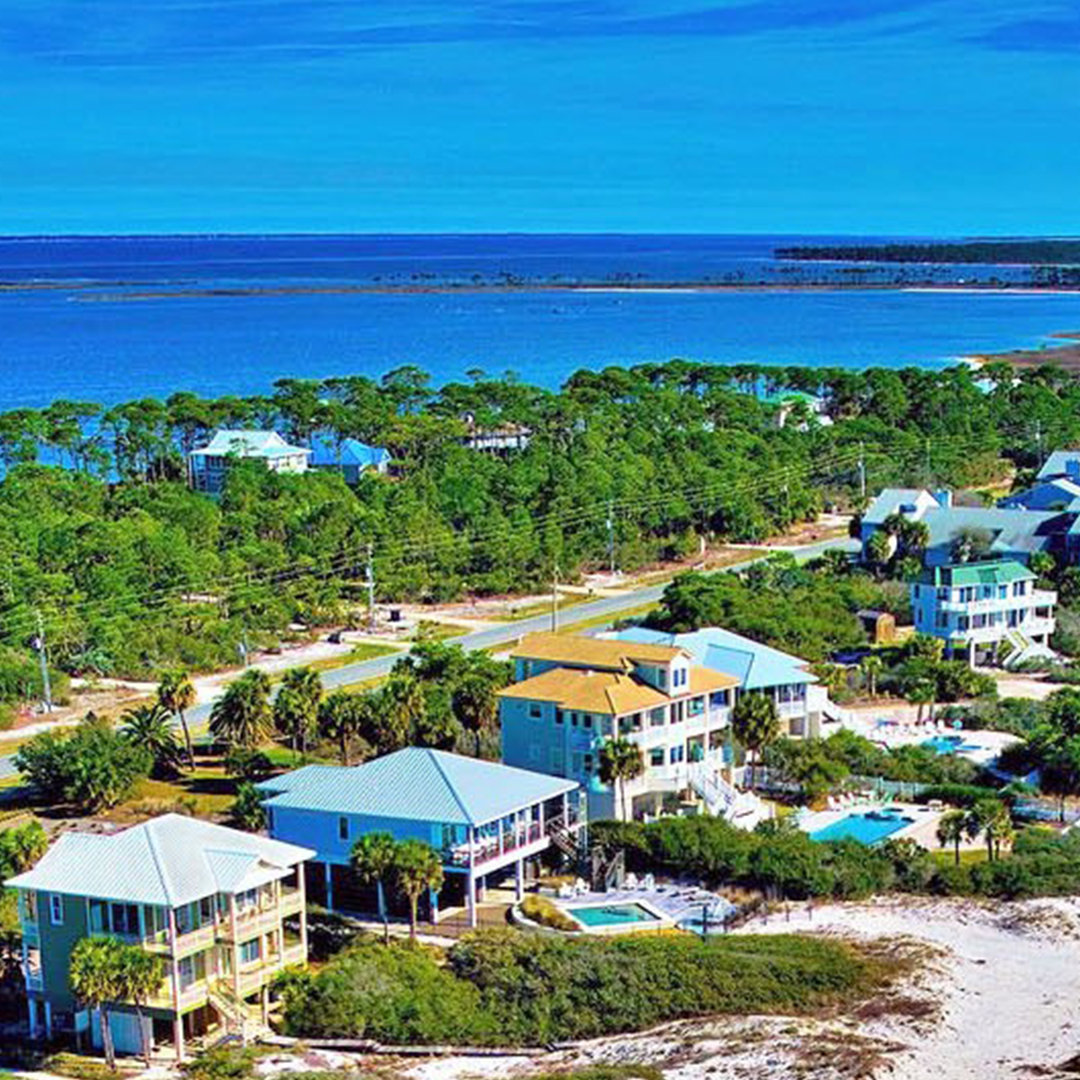

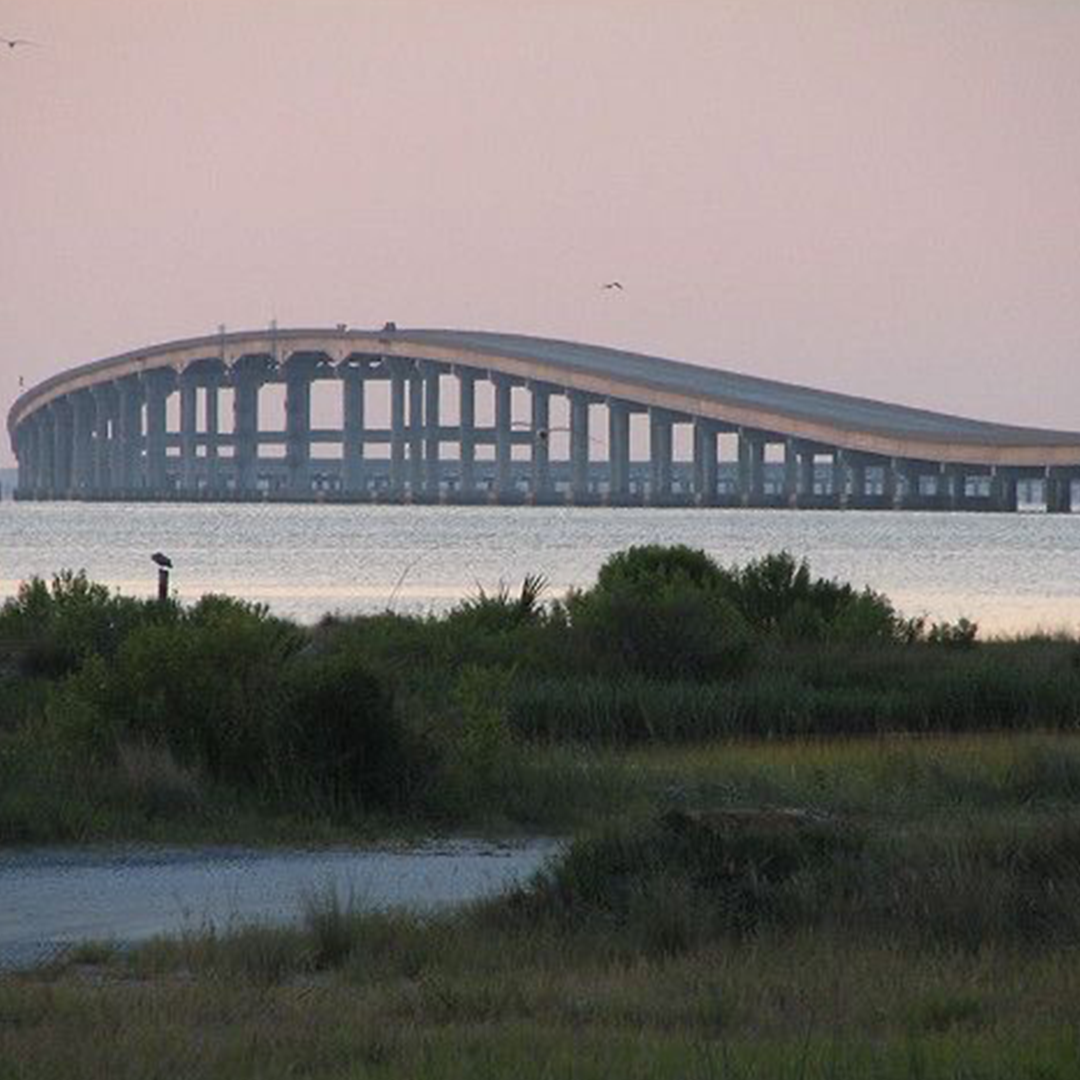
The Rise of Apalachicola and the Cotton Trade
In the 19th century, Apalachicola, the mainland town near St. George Island, emerged as a bustling hub for the cotton trade, earning a reputation as one of the most significant ports in the southeastern United States. Cotton, often referred to as “white gold,” was transported downriver from plantations in Georgia and Alabama to Apalachicola, where it was loaded onto ships bound for markets across the globe. The bay provided a natural, sheltered harbor that was vital for these large vessels, ensuring safe passage and efficient loading during an era when waterways were critical to commerce. St. George Island, with its strategic location at the mouth of the bay, served as a natural barrier against the open Gulf of Mexico, protecting the harbor from storms and rough seas.
Although the island itself remained largely undeveloped during this period, its presence was crucial to the region’s economic success, indirectly supporting the prosperity of Apalachicola by maintaining the safety and accessibility of its thriving port. This synergy between the mainland town and its surrounding environment underscored the interconnectedness of human enterprise and natural geography in shaping the area’s history.
Military Use During the Civil War
During the Civil War, St. George Island played a minor yet strategically significant role in the Confederate defense of Florida’s Gulf Coast. The island’s remote location and proximity to Apalachicola Bay made it an ideal vantage point for monitoring Union naval activity in the area. Confederate forces established lookout posts on the island, where soldiers could observe ship movements and relay vital intelligence to mainland defenders. Additionally, the island served as a base for small-scale operations, including the transportation of supplies and clandestine communications between Confederate troops stationed along the coast.
Although no major battles unfolded on St. George Island, its role in the broader conflict was critical in maintaining a defensive network for the Gulf Coast. Union blockades sought to choke off the Confederacy’s access to vital trade routes and resources, and Apalachicola Bay was a key target due to its economic importance as a shipping hub for cotton and other goods. St. George Island’s position at the mouth of the bay made it a natural line of defense, helping to delay Union efforts to dominate the region.
The island’s isolation also posed challenges for Confederate soldiers stationed there. Harsh weather conditions, limited supplies, and the constant threat of Union naval incursions created a harsh and unforgiving environment for those tasked with defending the Gulf Coast. Despite these hardships, St. George Island remained an integral part of the Confederate strategy in Florida, highlighting the importance of even the most remote locations in the complex web of Civil War tactics and logistics. Today, the island’s role in this pivotal period of American history is a reminder of the far-reaching impact of the conflict and the enduring significance of its strategic geography.
The Lighthouse Legacy
In 1833, the Cape St. George Light was constructed on St. George Island to guide ships safely through the often-treacherous waters of Apalachicola Bay. The bay, with its shallow areas and hidden sandbars, posed a significant risk to maritime traffic, making the lighthouse an essential tool for ensuring the safety of vessels navigating the Gulf Coast. Built in a remote and exposed location, the original structure was a beacon of progress for the region, aiding the burgeoning cotton trade and contributing to the economic vitality of Apalachicola, a major port city during the 19th century.
Over the years, however, the lighthouse faced the full force of nature. Hurricanes repeatedly battered the structure, causing extensive damage and necessitating multiple reconstructions. Despite these setbacks, the Cape St. George Light remained a steadfast presence on the island, a symbol of perseverance in the face of Florida’s volatile weather. Each iteration of the lighthouse brought improvements in design and materials, reflecting advances in engineering and a determination to preserve its vital role.
In 2005, a devastating storm caused the lighthouse to collapse entirely, leaving only remnants of its legacy behind. However, the community rallied to save this cherished landmark. Through the tireless efforts of local volunteers, historians, and preservationists, the lighthouse was meticulously reconstructed using salvaged materials from the original structure. Completed in 2008, the new Cape St. George Light stands as a testament to resilience and the enduring spirit of those dedicated to preserving the island’s history.
Today, the lighthouse is a beloved historic site, drawing visitors from around the world who climb its spiral staircase for breathtaking views of the Gulf and Apalachicola Bay. It serves not only as a functional navigational aid but also as a powerful reminder of the island’s rich maritime heritage and the community’s unwavering commitment to safeguarding its cultural treasures.
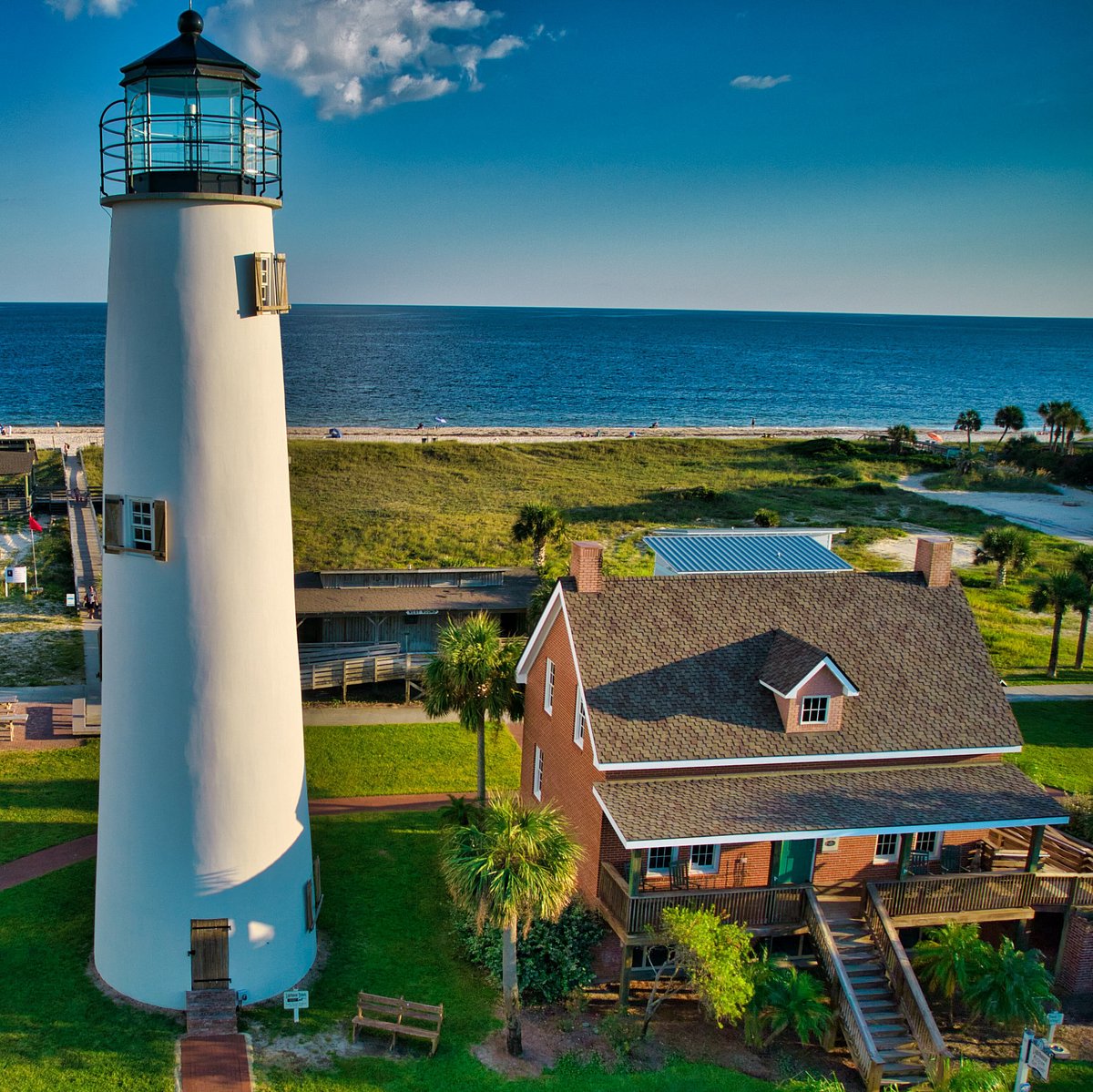
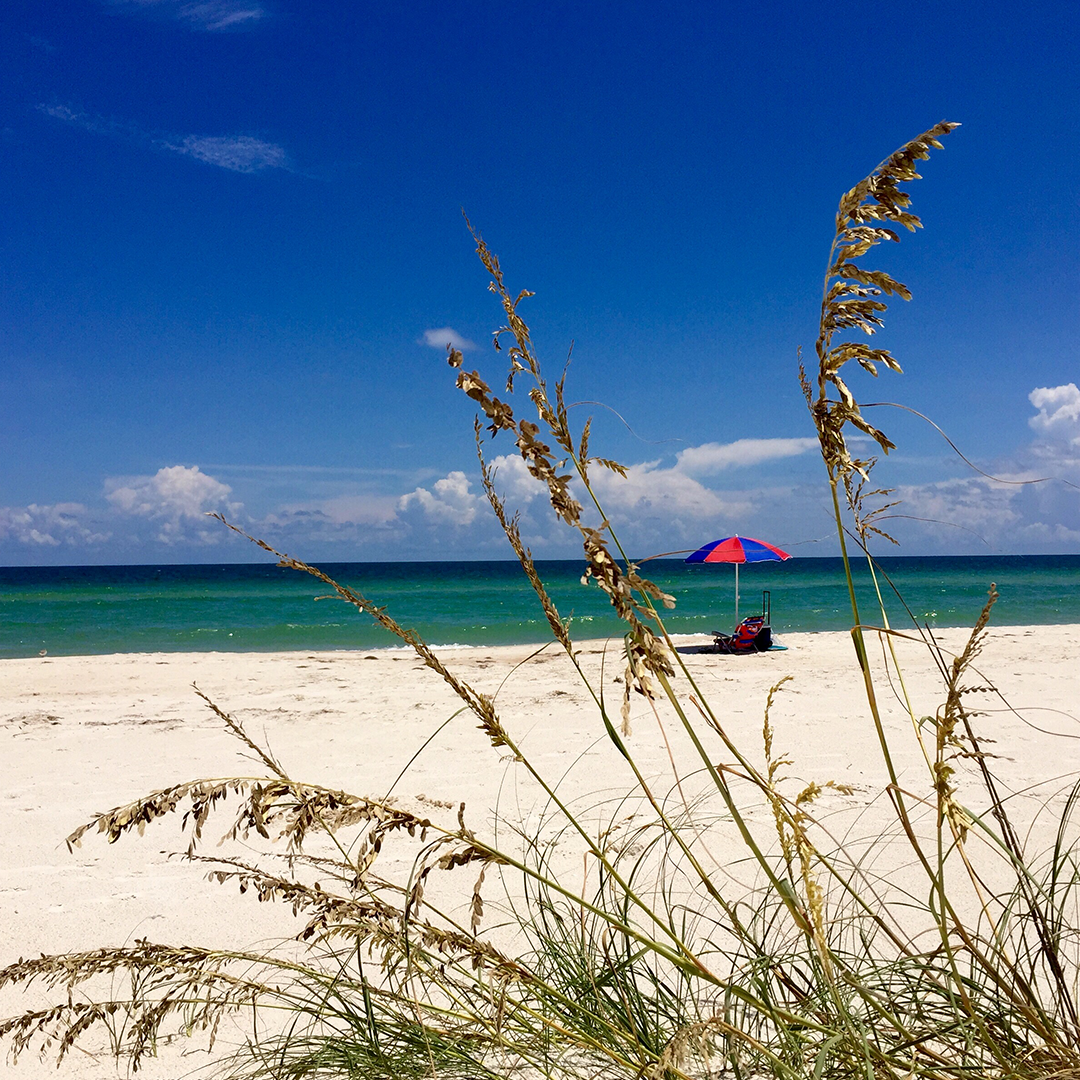
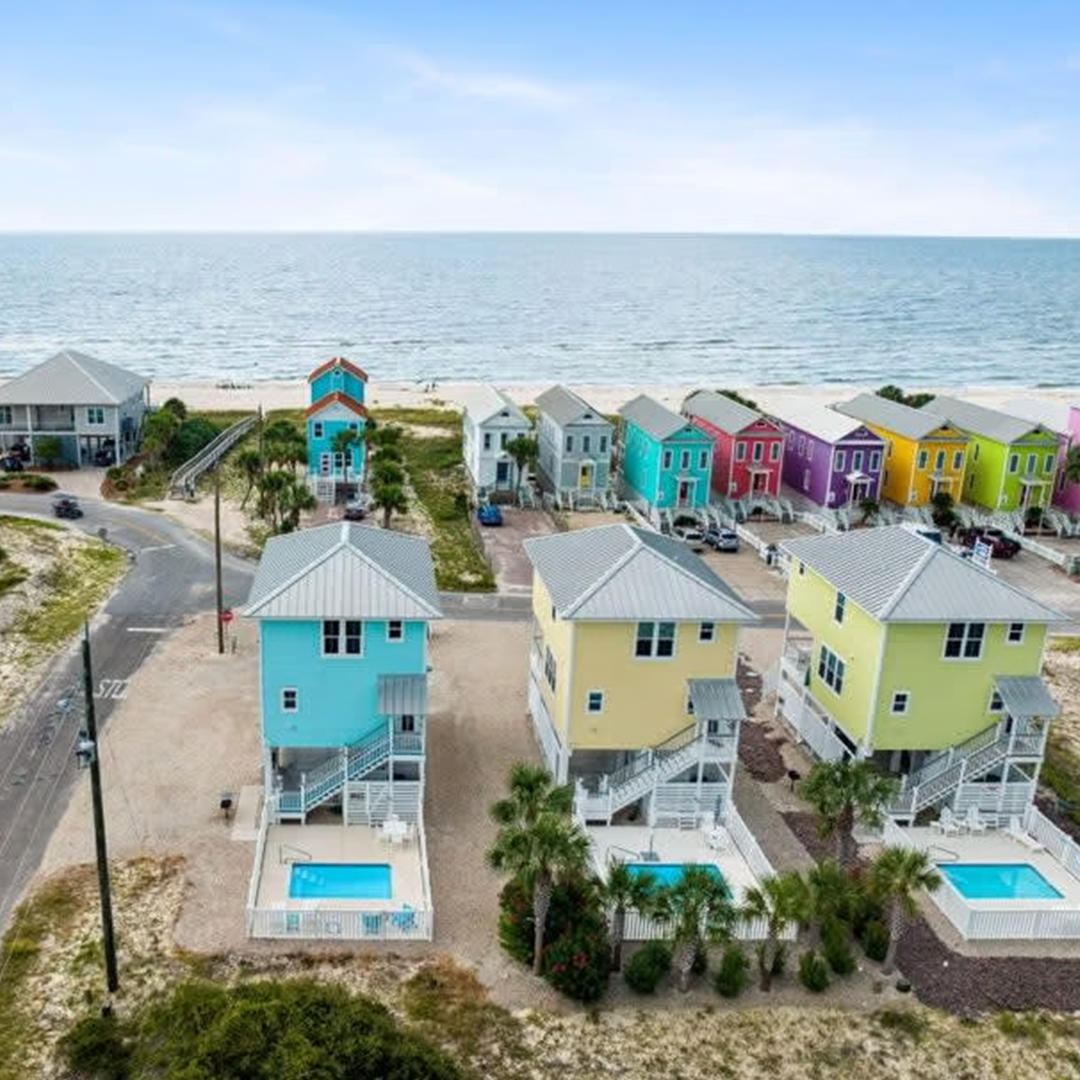
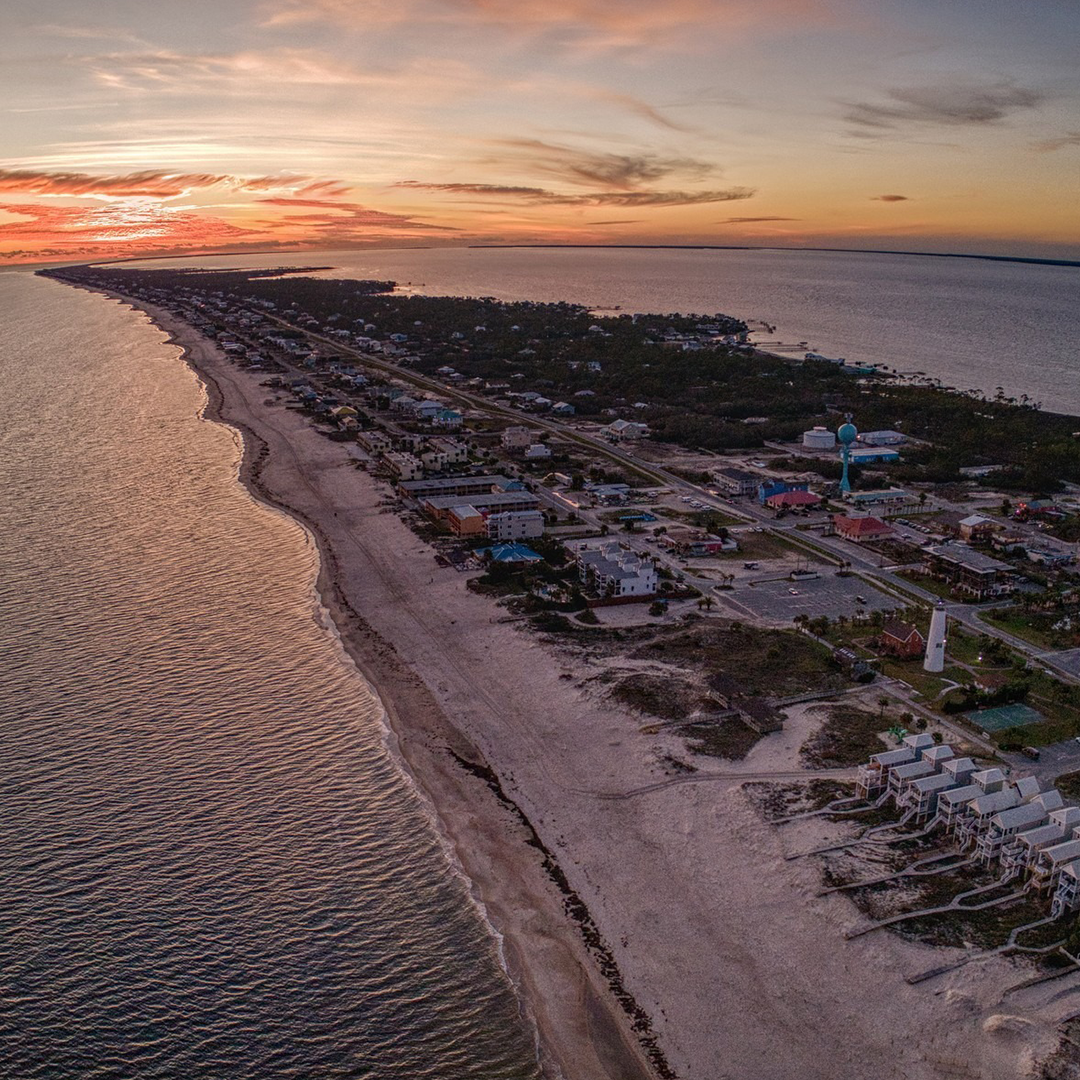
From Timber to Tourism
The late 19th and early 20th centuries saw timber companies exploiting the island’s rich pine forests for lumber production. However, as the demand for timber waned, the focus shifted to conservation and tourism.
In the mid-20th century, St. George Island began to gain recognition as a vacation destination. With its unspoiled beaches and tranquil atmosphere, the island attracted outdoor enthusiasts, anglers, and families seeking a peaceful retreat.
Modern Development and Conservation
Significant development began in the 1970s, with residential neighborhoods and vacation rentals becoming prominent. To balance growth with preservation, large portions of the island, such as St. George Island State Park, were designated as protected areas. These efforts ensure that the island’s unique ecosystem remains intact for future generations.
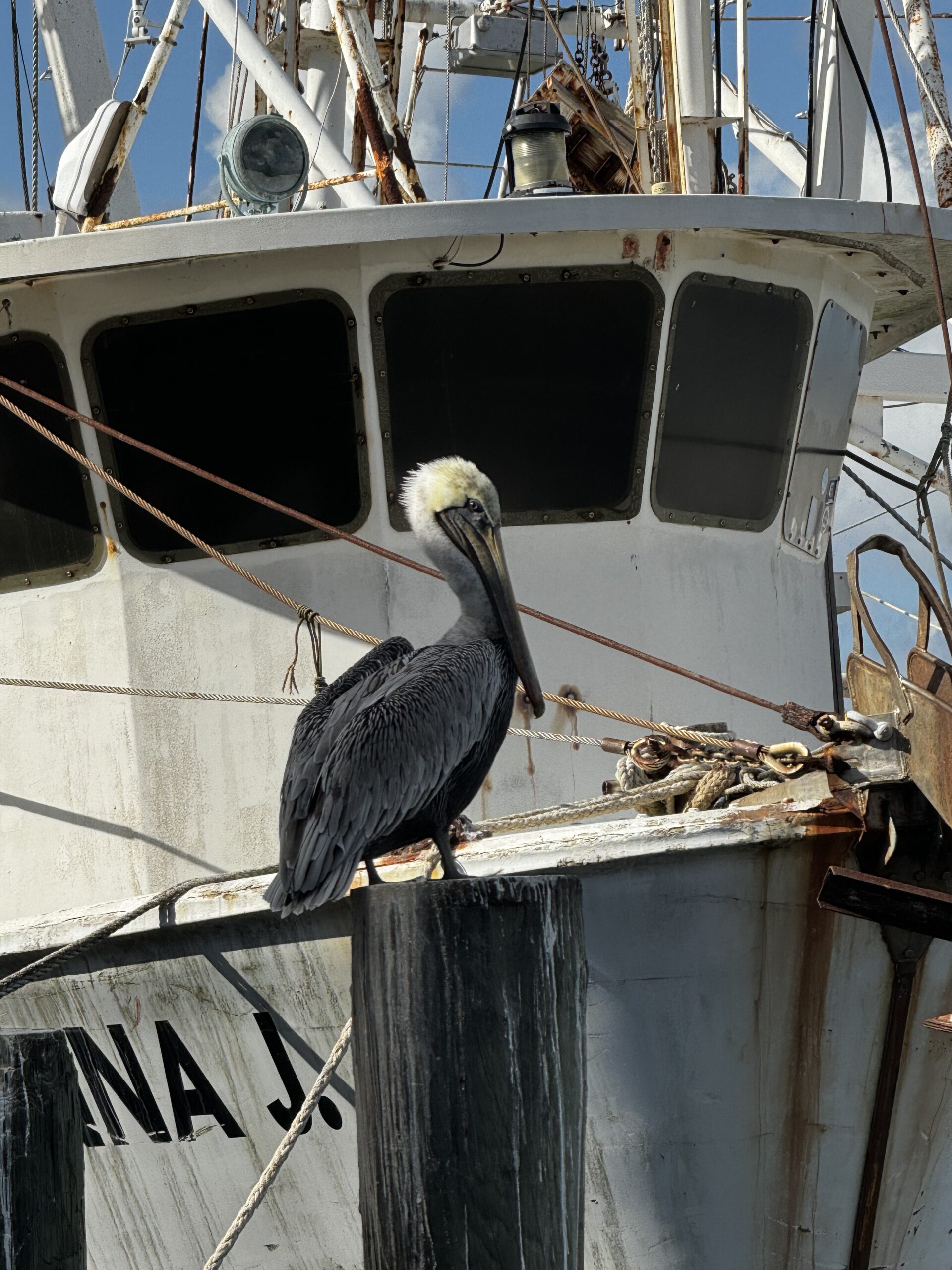
St. George Island Today
Today, St. George Island is a harmonious blend of natural beauty, rich history, and modern amenities, offering something for every type of visitor. Pristine white sand beaches stretch for miles, providing the perfect backdrop for relaxation, while the island’s unspoiled natural surroundings invite exploration and adventure.
Visitors can indulge in outdoor activities such as kayaking through winding waterways, casting a line for some of the best fishing in the Gulf, or birdwatching among the many migratory species that call the island home. For those drawn to its cultural and historical charm, landmarks like the Cape St. George Lighthouse and Museum provide a fascinating glimpse into the island’s storied past.
What sets St. George Island apart is its unwavering commitment to conservation and sustainable tourism. Large portions of the island, such as the state park, are protected to ensure that its unique ecosystem remains intact for future generations. This delicate balance between preservation and thoughtful development has made it a favorite destination for those seeking a slice of Old Florida charm—a place where time seems to slow, and the natural world takes center stage.
From its origins as a Native American fishing hub to its critical role in Florida’s maritime history, St. George Island weaves a tapestry of stories that are as captivating as its sunsets. Its shores have witnessed centuries of change, yet its essence remains timeless, drawing people back again and again. Whether you come for the sandy beaches, the outdoor adventures, or the chance to immerse yourself in history, the island leaves an indelible mark on all who visit.
So, the next time you find yourself walking along the island’s peaceful shores, take a moment to reflect on the generations that have walked these sands before you. St. George Island isn’t just a destination—it’s a journey through time, where the past and present coexist in perfect harmony, inviting you to leave your own footprint in its ever-evolving story.

